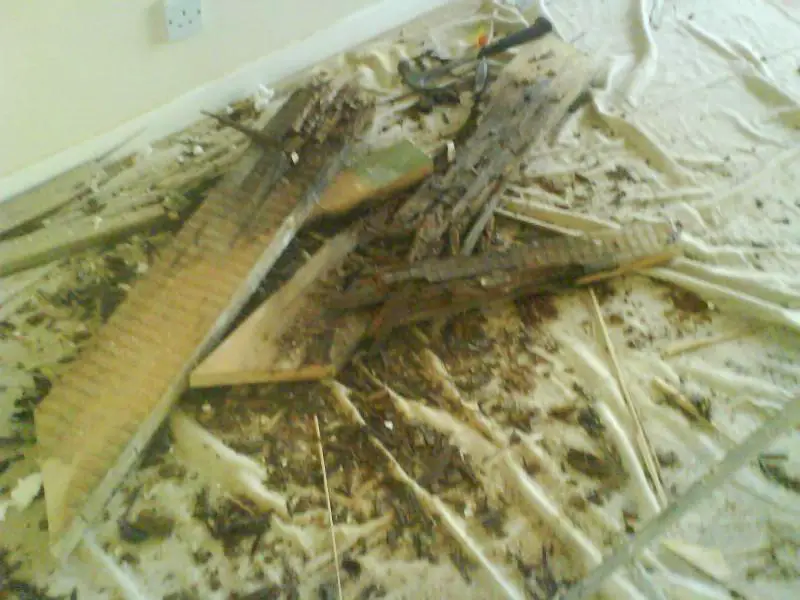Hi First post - already looking for help, sorry!
The problem:
My brother-in-law has a problem with the seal around his bath, familiar problem with a million topics. What I'd like to do is check the bath for movement before resealing it for him (why waste my time if it's just going to fail again).
My proposal:
What I would like to do is draw a line with a felt tip on the tiles along the top of the bath. Then fill the bath to the overflow (perhaps get in too) and draw another line and see if it's moved.
Would this work? or would the movement be too subtle?
Thanks
Dave
The problem:
My brother-in-law has a problem with the seal around his bath, familiar problem with a million topics. What I'd like to do is check the bath for movement before resealing it for him (why waste my time if it's just going to fail again).
My proposal:
What I would like to do is draw a line with a felt tip on the tiles along the top of the bath. Then fill the bath to the overflow (perhaps get in too) and draw another line and see if it's moved.
Would this work? or would the movement be too subtle?
Thanks
Dave


